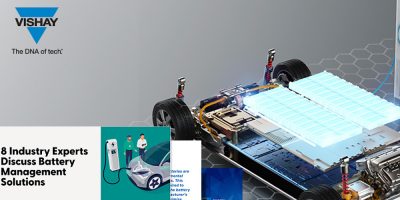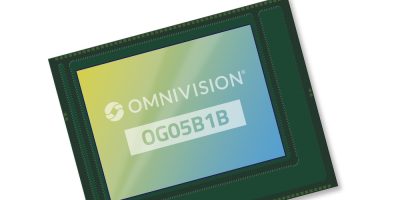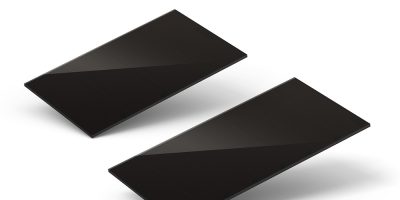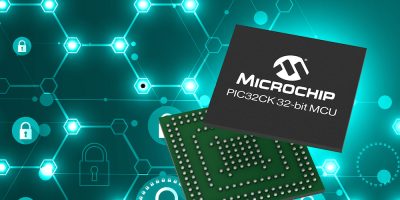Mouser Electronics, has released a new eBook in collaboration with Vishay Intertechnology, analysing the considerations and challenges of designing high-performing and reliable battery systems.
The eBook, 8 Industry Experts Discuss Battery Management Solutions, focuses on the battery management system (BMS), which is the electronic control circuit that monitors and regulates the charging and discharging of batteries. The BMS informs the systems of the state of charge (SOC) of the battery, ensures that the conditions are optimal for the battery’s state of health (SOH), and protects the battery from fault conditions that could damage it. The eBook explores proper BMS design and the ways that Vishay helps its customers achieve the best performance and reliability for battery systems. The eBook also includes examples from Vishay’s wide portfolio of discrete semiconductors and passive components to help extend battery life, improve operational safety, and ensure reliable data acquisition for precise battery health monitoring and efficient power management.
The Vishay VOA300 linear optocoupler is ideal for voltage and current monitoring in the BMS of electric and hybrid vehicles (EV/HV). The automotive-qualified device provides a fast response, gain stability, and isolation voltage greatly improved over other standard optocouplers.
The WSBE series Power Metal Strip shunt resistors feature a very low resistance and a high power capability, enabling high current sensing to 1825A. These resistors are made using a proprietary processing technique that reduces the temperature coefficient of resistance (TCR) to < 10 ppm/°C across the entire operating range of -55 °C to 150 °C. The devices also offer many other advantageous attributes that help simplify BMS designs and reduce costs while achieving the highest levels of performance.
Vishay surface-mount PAR transient voltage suppressor (TVS) diodes protect sensitive electronics against voltage transients induced by inductive load switching and lightning on ICs, MOSFET, and signal lines of sensor units for automotive.
Consisting of two resistors integrated into one surface mount molded package, the CDMM thick film chip dividers provide a single-component replacement for multiple discrete resistors used in high voltage up to 1.5KV divider applications. The space-saving AEC-Q200 qualified device is optimised for high-power DC/DC converters and inverters in electric automobiles.
The Vishay / Siliconix SQ automotive power MOSFETs are AEC-Q101 qualified and produced using a special process design that is optimised for use in the automotive industry. These devices are available in a wide range of package options for design flexibility.
To read the new eBook, visit https://manufacturers.mouser.com/vishay-automotive/vishay-8-industry-experts-discuss-battery-management-solutions-2/







